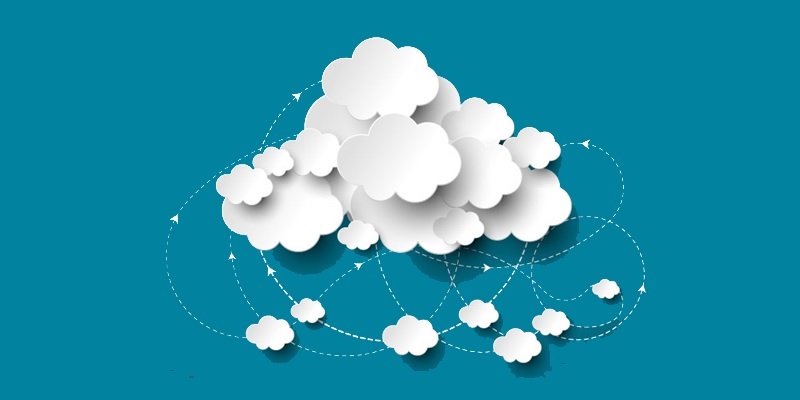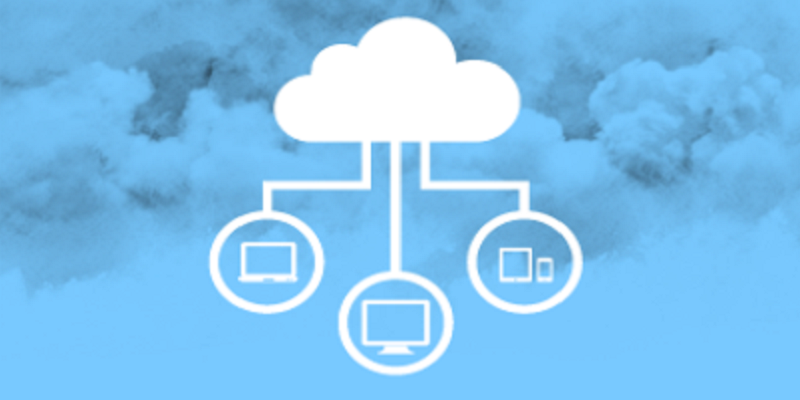What are Microservices?
Microservices evolved as a part of container and application development trend that eventually transformed into set of small services that ran its own process and communicating with the API. This has led to tremendous speed gains in software development and deployment giving a competitive edge to the organization with huge savings.
CoreIT observes that using microservices means changing the approach to software management, monitoring of infrastructure, applications, and data. If these areas are not looked into then troubleshooting and challenges in microservices’ performance can crop up. Below are three ways to make monitoring of microservices smarter, responsive and more efficient.
1. Monitor Containers and its Internal Mechanisms
With containers, visibility of their internal mechanisms like the application and code is of utmost important. Without visibility, it will be hard to perform basic monitoring or trouble shooting and hence containers must project metrics about all the relevant internal functions. This can be done by coding the directly, running sidecar containers, using kernel-level instrumentation, etc. to review application and container activity.
2. Use of Orchestration Systems
Using orchestration systems like Kubernetes, Mesosphere or Docker Swarm can help understand the current state of each deployed services. Setting of monitoring alerts will help in accessing application health, which can use orchestration metadata to dynamically aggregate orchestration layers for logical troubleshooting.
3. API monitoring
API monitoring must go beyond the standard, binary up-down checks since it is the only element of service exposed to other teams. This will help to understand aspects like the most frequently used endpoints as a function of time, changes in services usage and the reason for those changes. Thus discovering the slowest service end points improves areas of optimization.
Apart from the above, CoreIT advises preparation of elastic, multi location services and mapping the monitoring of the organizational structureto benefit from new software architecture approach. This will enable a monitoring platform that allows each microservices team to isolate alerts, metrics, and dashboards giving operations a global view across the system.




